The Ruins of the Roman Empire
In a world where nothing ever stays the same, only change is constant.
And civilizations may rise to ultimately glory, but then they too, shall succumb to the basic laws of life, and come crumbling down in the end.
The Roman Empire, one of the most formidable military empires in history rose to prominence in the 8th century B.C. Historians point to early settlements in the Pallatine Hill in 773 BC. It wielded impressive military control over large swathes of lands across Europe extending to Egypt and to Constantinople or what is now known to be Turkey.
History books point to AD476 as the date of the Fall of the Roman Empire and Romulus Augustus became the last emperor of Rome.
Fast forward to 2015, the Roman Empire continues to awe people the world over and the city that bore witness to all its might is lovingly called “The Eternal City”largely because of its long-lasting contributions to modern architecture, science, military, religion and politics among others.
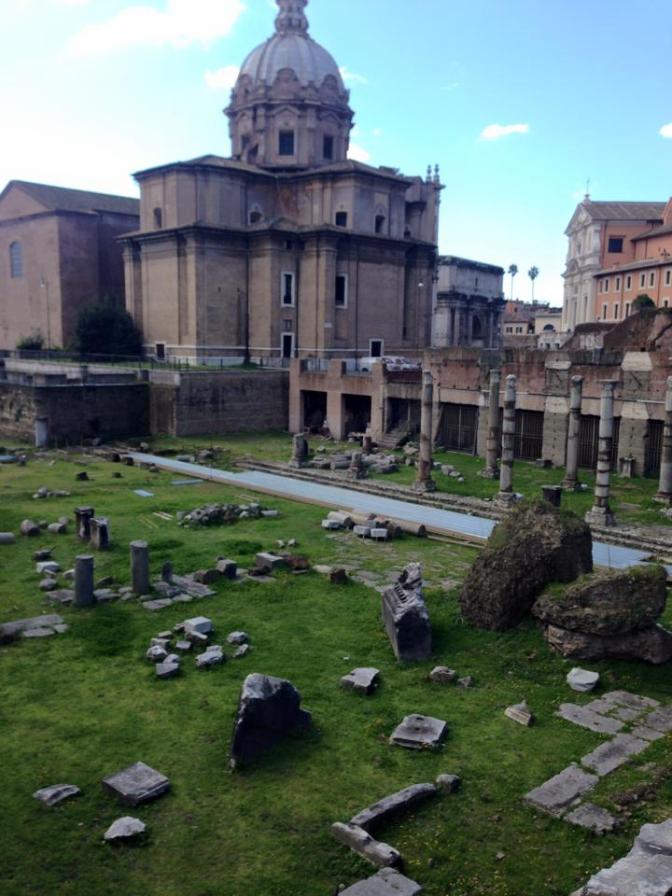
As I walk around the ruins of temples and buildings around Roma Capitale, I still wonder what ancient Rome would have looked like if it didn’t meet its doom. How marvelous would the city’s buildings would look like.
The collapse columns and large boulders remaining in many forums and complexes, will still give you an idea.
The Roman forum or The Forum is the ancient center of Rome. Here, grand speeches were delivered by emperors. The acknowledged center of Roman life, everyone gathered at the forum to discuss the issues of the day. It also served as the venue for criminal trials and gladiatorial matches.
The nearby Colloseo was considered to be the main event venue of the Roman Empire, and even as it suffered the wear and tear of time, its imposing figure still dominates the landscape of Roma Capitale.
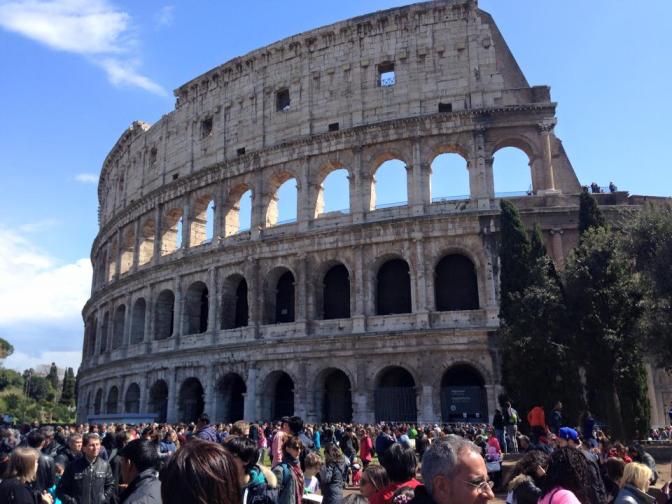
Before its fall, the Roman empire reached its golden age or Pax Romana, and many buildings both religious and secular were built in between.
Among the surviving structures are the Temple of Castor and Pollux. Today, the three cCorinthian columns still remind locals and visitors of the grandness of the original structure built in 495 BC.
At the western end of the Roman forum, one can still see remaining structures of the ancient Temple of Vespasian and Titus built in 87 BC.
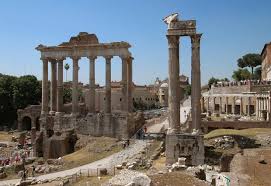
Another ancient edifice that survives is the Temple of Vesta also located near the Roman Forum.
Outside of the immediate vicinity of the Forum are different Fora dedicated to a host of Gods and Goddesses.
I was walking around and I stumbled upon the remains of the Foro di Nerva, dedicated to the Roman Goddess of Wisdom. It was constructed in 97 AD.
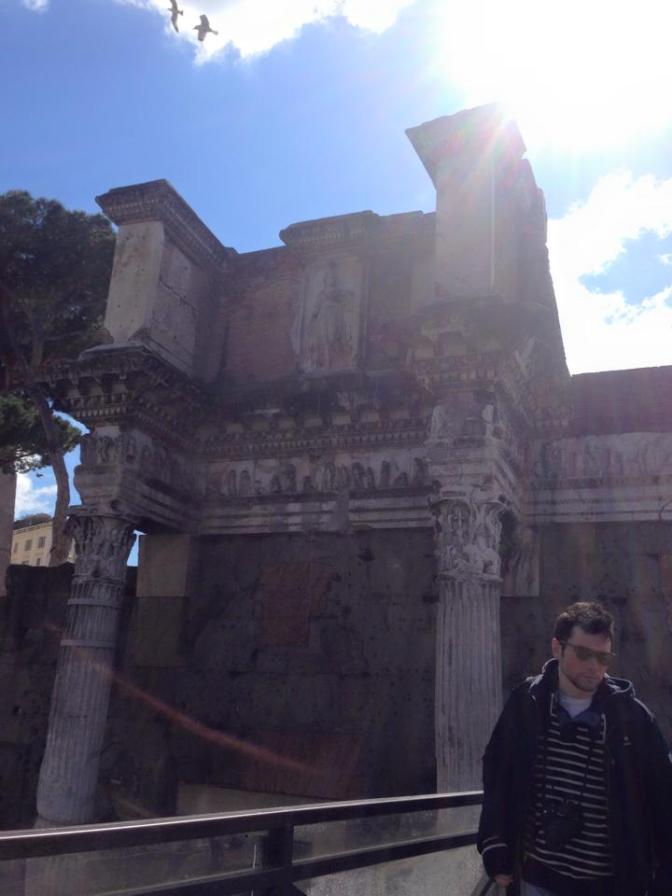
Another awesome structure I stumbled upon is the Foro di Augusto built in 27 BC. It is one of the most important imperial forum and it included the Tempe of Mars Ultor, the God of War. The forum was ordered built by Octavian in honor of the Roman God of War, following his victory at the Battle of Philippi. In that battle, Octavian with the help of Mark Anthony and Lepidus, avenged the assissination of Julius Caesar.
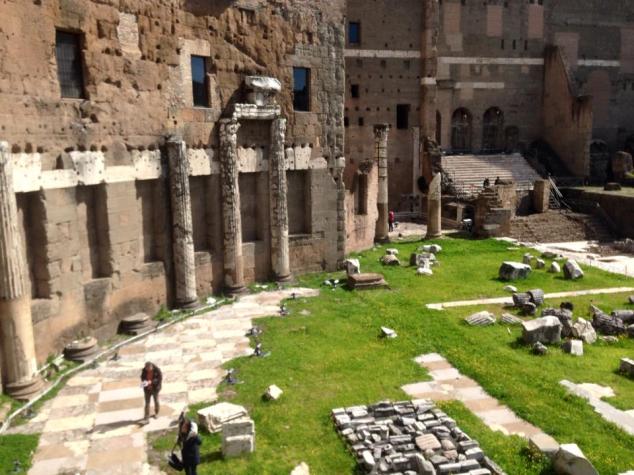
The Emperor Trajan ordered for the construction of his own forum in 112 AD. The famous Trajan’s column followed suit in 113 AD. Now, Trajan’s forum is made up of remnants of ages past.
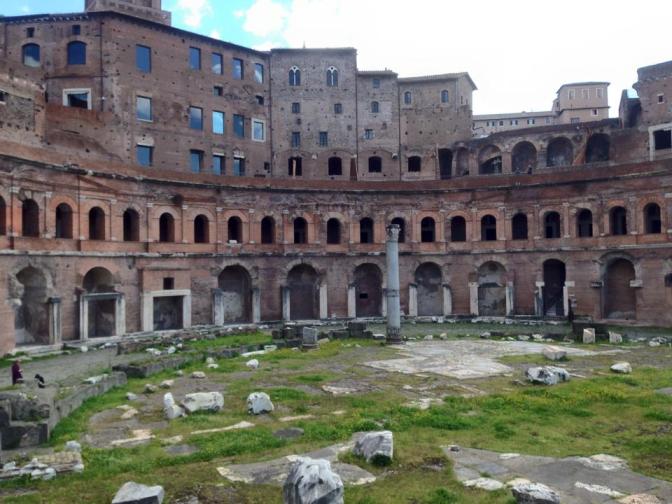
I spent a whole day walking around the Colloseo and Roma Capitale and that was not even enough to give me an idea of the splendor and grandeur of ancient Rome.
Of course, I can imagine what the Eternal city looked like during its golden age. After all, countless movies, and tv programs have tried to recreate the city. But with what I have seen that day, I know that my imagination won’t be enough to describe the glory of its once ancient wonder.


















i just only saw that kind of structure
ReplyDeletePlaygroup Singapore
Thanks for shaaring this
ReplyDelete